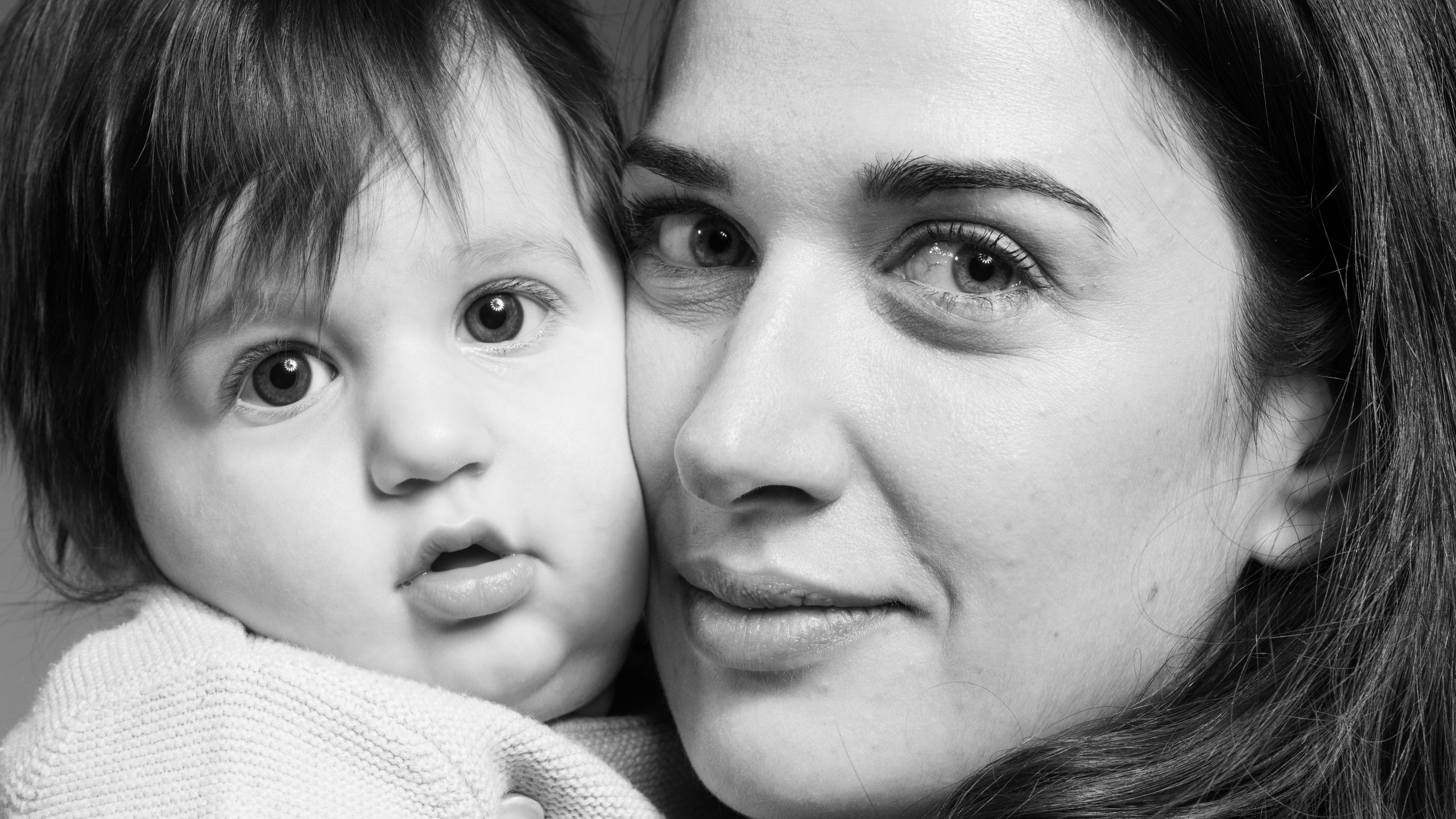
The nasolacrimal duct (or tear duct) is a tiny structure which connects our eyes to our nose. The entirety of this structure begins as two tiny pores in the inner corner of our eyelids, which through a complex set of microscopic tubes leads into the bottom of our nostrils.
A patent tear duct is needed for the tears which are continuously and which wet and clear our eye surface to drain into the nose. Blockage of any part of this tubular system means a watery (teary) eye as well as a risk of infection (due to the overgrowth of bacteria in an area of stagnating tears).
The tear duct is one of those structures which quite amazingly continues to develop into its final form after a child is born.
It is for this reason that a fairly large number of completely healthy babies (5%) having gone through an otherwise completely normal uterine development, are born with a watery eye.
In the vast majority of these cases (90%), this does not represent a concern because the tear duct will – within the first year of life – reach its full, healthy form and function and the watery eye will cease.
In the remaining 10 or so per cent of babies who continue to have a teary eye after the age of 12 months, chances are that a small section of the tiny tear duct has not opened up (or canalised) into a patent duct and tearing, if left untreated, will most likely continue to be a problem.
Is surgery necessary for treating watery eye in children?
Children born with a watery eye should be seen by an eye doctor specialising in Paediatric Ophthalmology so that non-invasive (non-surgical) management can be discussed with the parents. As in the vast majority of cases the symptoms will resolve within the first year, simple tips, such as certain massaging manoeuvres can help accelerate the natural resolution.
In those cases where the teary eye does not settle with a conservative approach, a consultation with a specialist Oculoplastic & Lacrimal Surgeon should be carried out.
Depending on the age of the child, the pattern and severity of symptoms and relevant medical history, it is likely that some form of surgical intervention will be of value in resolving the teary eye. There are varying degrees of severity of a watery eye and several structural causes all of which need to be appropriately diagnosed so that the correct treatment procedure can be performed.
What does surgery for Congenital Nasolacrimal Duct Obstruction involve?
Treatment will most often necessitate a general anaesthetic. In Dr Koutroumanos’ practice this will involve a keyhole approach, accessing the tear duct via a camera inserted through the nostril in order to avoid facial surgical scarring. In most cases, a tiny silicon tube (stent) will be left in the tear-duct in order to prevent a scarring down and thus re-blockage of the tear duct. Depending on each individual case, the stent will remain in place for a short period and then be removed. While in place, this tiny stent is completely safe, not visible and not felt at all by the child.
What should be at the centre of any watery eye treatment philosophy is that the least invasive strategy which can be expected to successfully fix the problem is employed. The nasolacrimal system is a remarkably fragile structure which in the vast majority of children with persistent teary eyes needs only a minimally invasive intervention and so this is certainly a case of medical practice where less is more.
In addition to this, special consideration ought to be given to avoiding unnecessary general anaesthetics and for this reason where silicon intubation is deemed necessary Dr Koutroumanos will whenever possible use a highly specialised form of lacrimal silicon intubation which can be removed in the office completely painlessly so that the added risks, hassle and costs of an extra general anaesthetic can be avoided.






